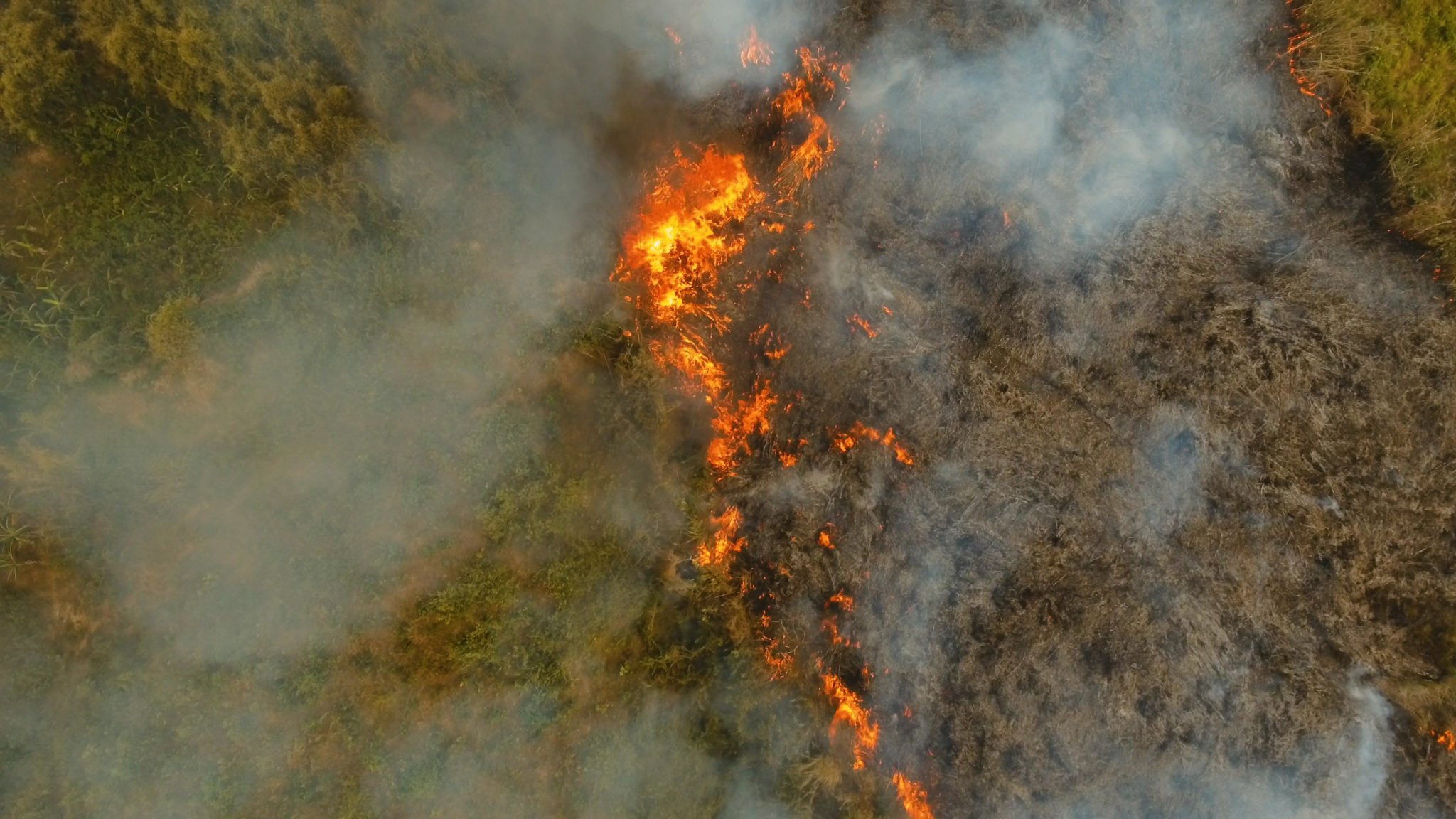Promising new opportunities and pressing threats concerning efforts to conserve biodiversity in 2021: Horizon scan
-
Climate mitigation and adaptation
-
Coastal resilience
-
Coastal wetland conservation
-
Peatland conservation and restoration
-
Rivers and lakes
A panel of 25 scientists, conservation professionals and future scanners recently came together for an annual ‘horizon scan’ to answer the question: “What are the most promising new opportunities and pressing threats concerning efforts to conserve biodiversity?” Horizon scanning is a technique to detect early signs of potentially important developments, through a systematic examination of potential threats and opportunities, which can become trends.
Wetlands International was represented on the horizon scanning team by Dr. Femke Tonneijck, Programme Head Wetland Carbon. Wetlands International joined to ensure that the most pressing issues for wetlands are addressed and to remain up to date on the latest developments. This year, a long list of in total 97 topics were narrowed down to 15 issues according to novelty and likelihood to positively or negatively impact life on earth and its conservation.
Tonneijck said: “Horizon scanning is keeping us sharp and helps us plan ahead and prevent negative impacts or seize upcoming positive opportunities for wetlands.“
We highlight three topics that have specific direct relevance for wetlands here. Other topics often have an indirect impact for example through an impact on climate change or the financial system.
Tree plantations for climate mitigation
Estimates of the global carbon uptake and storage by tree planting seem promising but is not as straight forward as it may seem. Changing land-use to mitigate climate change is complex, and extensive tree planting is unlikely to be either effective in mitigating climate change or consistent with the conservation of biological diversity. For example, planting monocultures of non–native species degrades biodiversity. Afforestation of non-forest ecosystems may damage valuable wetlands that may even become a source of carbon upon conversion. Tree planting should be planned on the basis of understanding the biophysical and socio-economic systems and their restoration requirements and only implemented as part of a wider package of measures including e.g. natural regeneration. There are real risks for certain habitat types such as grassland and peatland, from being incorrectly classified as degraded forest in need of restoration.

Wetlands International promotes ecological restoration rather than tree planting as this generally achieves higher success rates and delivers more benefits for nature and people. See our leaflet: ‘to plant or not to plant’.
Increased logging as response to fire risk
The frequency, size and intensity of forest wildfires increase globally, including in central Africa, South America, southern Australia, Russia, the United States and Canada. As a response, emerging policies reflect the suggestion that tree removal may reduce the magnitude of these fires, but the effectiveness of logging or thinning trees is uncertain. Media coverage may strongly affect public perceptions of the effectiveness of tree removal despite limited scientific evidence. Given the evidence that fires will increase in extent, frequency and severity because of anthropogenic climate change, extensive tree removal in the name of protection from fire may become increasingly likely.

Fire is a challenge in many of the areas in which Wetlands International is working, for example, forested peatlands in Indonesia, Russia and the Pantanal in Brazil. We are introducing measures to reduce fire risk, such as restoring Russian peatlands. Read more about the Pantanal and Indonesia.
Waterway E40
A large-infrastructure project aims to create a 2,000 km navigable waterway between the Baltic and Black Seas to link the Polish port of Gdańsk with the Ukrainian port of Kherson. The project involves extensive dredging and construction of new channels, locks and dams. The waterway may affect 70 wildlife reserves and numerous international conservation areas recognised by entities including Natura 2000, Ramsar, and the United Nations Educational, Scientific and Cultural Organisation. The social, economic and environmental impacts along the project’s 2000 km corridor remain uncertain.
Wetlands International joins other organisations in raising awareness of European institutions on the potential risks of the project, notably the destruction of wetlands important to migrating birds and other species, the drying out of peatlands turning them into carbon sources and the radioactive contamination of (drinking) water. In general, Wetlands International advocates for the appropriate integration of EU environmental policy objectives in waterway development policies to protect freshwater species and ecosystems in Europe.
